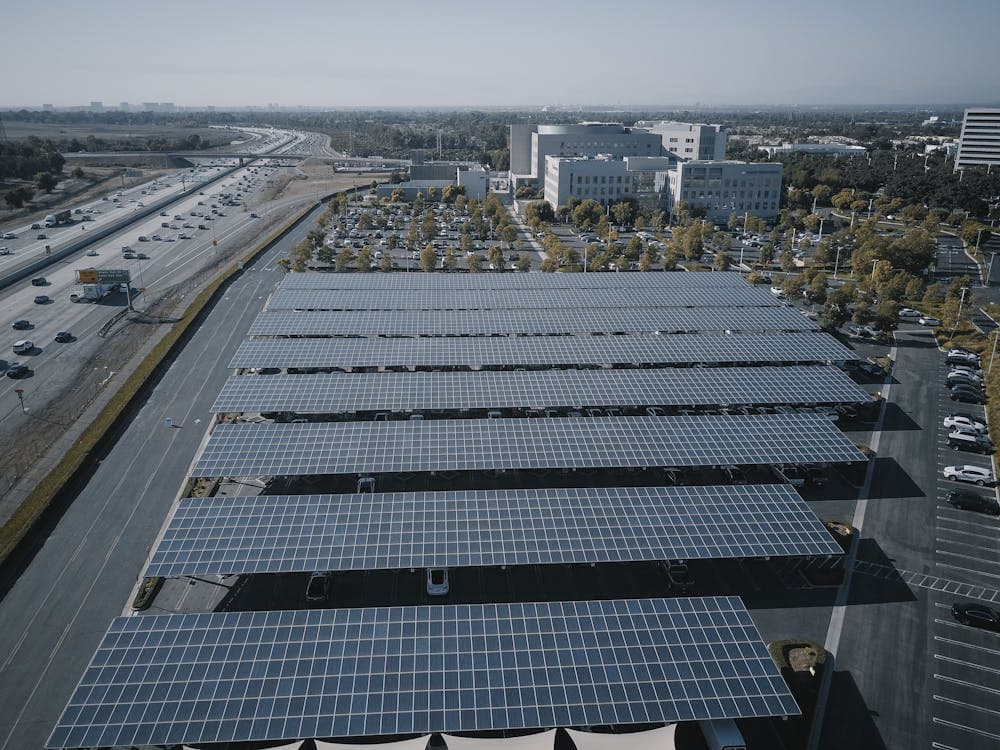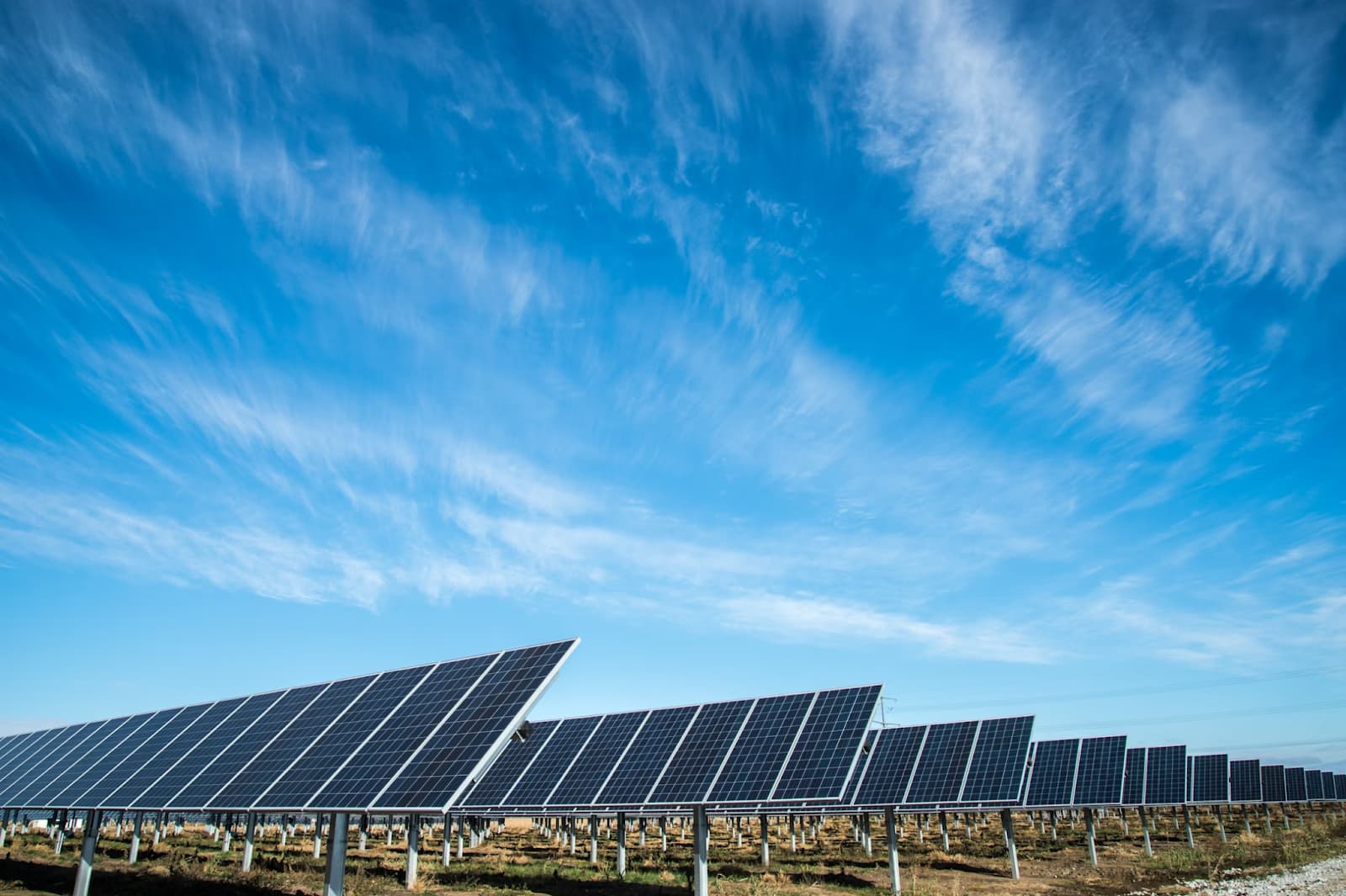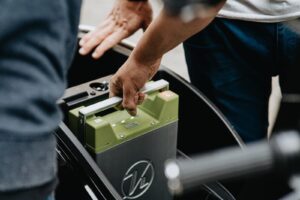Urban farming is increasingly seen as a key solution to the challenges cities face, such as rising populations, limited space, and the environmental impact of conventional food production. By cultivating food in urban spaces—on rooftops, vacant lots, and indoors—these farms provide fresh produce locally while cutting down on the carbon footprint from long-distance transportation. Vertical farming, where crops are grown in stacked layers, is particularly effective in cities where space is limited.
While renewable energy plays a significant role in this transformation, urban farms face a challenge. The intermittent nature of solar power means energy is only generated when the sun is shining. To overcome this limitation, energy storage systems—especially batteries—are becoming vital. These systems store excess energy produced during the day for use at night or during cloudy periods, allowing urban farms to operate independently from the grid and reduce their environmental impact.
1. What is Urban Farming and Vertical Farming?
Urban farming involves growing food within city limits, often in places that would not traditionally be used for agriculture, such as rooftops, basements, or parking lots. The goal is to produce food locally, providing fresh produce to urban populations while minimizing the carbon emissions associated with transporting food long distances.
Vertical farming, a specific form of urban farming, utilizes vertically stacked layers to cultivate crops. These farms often operate in controlled indoor environments using hydroponic or aeroponic systems, which don’t require soil. In cities where space is at a premium, vertical farming offers a solution by using minimal ground space while maximizing production.
Both forms of urban farming require significant amounts of energy to maintain optimal growing conditions. The energy is used for lighting, temperature control, water pumps, and monitoring systems. Renewable energy—particularly solar—has become a preferred solution to power these operations, as it offers an environmentally friendly alternative to traditional grid power.
2. Renewable Energy and Storage: A Perfect Pair for Urban Farms

Solar energy is a key element in powering urban farms. But since solar panels only produce power when the sun is shining, energy storage is required to maintain continuous power. Whether it’s cloudy or night falls, battery storage systems ensure that urban farms can still rely on the energy generated during sunnier times.
Energy storage plays an essential role in overcoming the variability of solar power. By storing surplus energy in batteries, farms can maintain power for essential functions like lighting, irrigation, and climate control. In addition, energy storage helps farms avoid purchasing expensive electricity from the grid, especially during peak demand periods when prices are higher.
Benefits of Energy Storage for Urban Farms:
- Grid Independence: With stored solar energy, urban farms can operate without relying on the electrical grid. This is particularly beneficial for farms located in areas with unreliable or expensive grid power.
- Cost Savings: Storing excess energy for later use allows urban farms to reduce electricity costs. By using stored power during periods of low solar production, they avoid paying for energy from the grid.
- Continuous Operation: Whether it’s cloudy or nighttime, energy storage ensures that the farm can continue its operations without interruption. This is crucial for maintaining optimal growing conditions and avoiding any disruption in food production.
- Sustainability: Using renewable energy and battery storage reduces the farm’s environmental impact. By reducing dependency on fossil fuels, urban farms can help contribute to cleaner, greener cities.
3. Different Types of Energy Storage Solutions for Urban Farms
Not all energy storage systems are the same. Different types of batteries have their own strengths and weaknesses. When choosing the right storage solution, urban farms need to consider factors like available space, cost, and energy needs. Let’s take a look at the most common options.
Lithium-Ion Batteries
Lithium-ion batteries are the most widely used storage solution for urban farms today. These batteries are known for their high efficiency, long lifespan, and compact design, making them ideal for urban environments where space is often limited.
Advantages:
- High Energy Density: Lithium-ion batteries are capable of storing large amounts of energy in a small unit. This makes them ideal for space-constrained farms.
- Long Lifespan: With proper maintenance, these batteries can last 10-15 years, providing a long-term energy solution.
- Low Maintenance: Lithium-ion batteries don’t require much upkeep, unlike other types that may need regular maintenance.
Disadvantages:
- High Initial Cost: Lithium-ion batteries tend to be more expensive upfront than other alternatives.
- Temperature Sensitivity: These batteries need to be kept within a specific temperature range to perform optimally, which can require additional cooling systems.
Lead-Acid Batteries
Lead-acid batteries are a more affordable option compared to lithium-ion systems. They’ve been around for a long time and are still commonly used in smaller-scale applications.
Advantages:
- Lower Upfront Cost: Lead-acid batteries are more affordable than lithium-ion options.
- Proven Technology: With decades of use, lead-acid batteries are well-understood and reliable.
Disadvantages:
- Shorter Lifespan: These batteries only last 3-5 years, much shorter than lithium-ion batteries.
- Lower Energy Density: Lead-acid batteries are bulkier and require more space to store the same amount of energy as lithium-ion systems.
- Maintenance: Regular maintenance, including water refills, is required to keep lead-acid batteries working properly.
Flow Batteries
Flow batteries are a newer technology that offers some unique benefits, especially for larger-scale urban farming operations.
Advantages:
- Scalability: Flow batteries can be easily scaled up by increasing the size of their electrolyte tanks. This makes them ideal for farms that need a scalable energy solution.
- Long Cycle Life: Flow batteries can last tens of thousands of cycles, making them a durable option for long-term use.
- Non-Flammable: Unlike lithium-ion batteries, flow batteries are non-flammable and safer to use in some applications.
Disadvantages:
- High Initial Cost: Flow batteries are still expensive to purchase and install.
- Complex Setup: These batteries require specialized equipment, such as pumps and tanks, to manage the flow of the electrolyte.
4. Examples of Urban Farms Using Solar and Energy Storage
Several urban farms are already reaping the benefits of solar power and energy storage systems, proving that these technologies are feasible in real-world applications.
Brooklyn Grange (New York, USA)
Brooklyn Grange is one of the largest urban farms in the United States, growing food on several rooftops across New York City. The farm integrates solar panels and battery storage to reduce its reliance on the grid. By using stored solar energy, Brooklyn Grange powers its irrigation systems, climate control, and lighting, all while maintaining a low environmental impact.
Sky Greens (Singapore)
Sky Greens, a vertical farm in Singapore, uses solar power and energy storage to maintain its operations. Solar panels installed on the farm’s roof supply power, while battery storage systems store excess energy for later use. This setup allows Sky Greens to lower its energy costs and reduce its environmental footprint while producing fresh, local food in a highly dense urban area.
5. Challenges and Opportunities for the Future
While energy storage offers significant advantages for urban farms, there are challenges to consider:
- Space Constraints: Finding room for large solar arrays and battery systems in urban environments can be difficult, especially in dense areas.
- Technology Advancements: As energy storage technology improves, we may see more affordable and efficient solutions that will make solar-plus-storage systems accessible to a wider range of farms.
- High Upfront Costs: Both solar panels and energy storage systems require a significant initial investment, which can be a barrier for small-scale urban farms or those with limited resources.
Despite these challenges, the future is bright for solar power and battery storage in urban farming. As technology continues to evolve, costs will likely decrease, and more urban farms will be able to adopt these systems, further enhancing the sustainability and efficiency of food production in cities.
Energy storage plays a vital role in the growth and sustainability of urban farming. By harnessing solar power and storing it in batteries, urban farms can operate independently of the grid, ensuring continuous operations day or night, regardless of weather. This reduces energy costs and supports the creation of more self-sufficient, eco-friendly cities. With the decreasing cost of solar power and battery storage, more urban farms will be able to integrate these technologies, shaping the future of urban agriculture and contributing to fresh food production while minimizing environmental impact.



